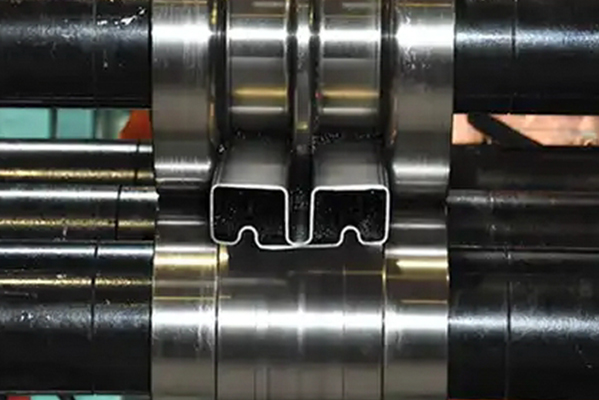Navigation Menu
Contact Us
- Email:
- info@wxavatar.com
- Address:
- Yurong Village, Yuqi Street, Huishan District, Wuxi, China.
Release Date:Mar 13, 2025 Visit:51 Source:Roll Forming Machine Factory
The manufacturing of a car is a complex and highly coordinated process that transforms raw materials into a fully functional vehicle. This intricate procedure involves multiple stages, from design and engineering to assembly and quality control. The manufacturing of a car is a testament to human ingenuity and technological advancement, combining precision, innovation, and efficiency to produce the vehicles we rely on daily.
The process begins with design and engineering, where automotive designers and engineers collaborate to create the blueprint of the car. Using advanced software, they develop the vehicle's exterior, interior, and mechanical systems, ensuring it meets safety, performance, and aesthetic standards. Once the design is finalized, the manufacturing of a car moves to the prototyping phase, where a physical model is built and tested to identify potential improvements.
Next, the production phase begins, starting with the creation of the car's body. This involves stamping metal sheets into the desired shapes for panels, frames, and other structural components. These parts are then welded together to form the car's body-in-white, the foundational structure of the vehicle. Robotics and automation play a significant role in this stage, ensuring precision and consistency.

The painting process follows, where the car's body is coated with multiple layers of paint to protect it from corrosion and enhance its appearance. This stage requires a controlled environment to ensure a flawless finish. Meanwhile, other components, such as the engine, transmission, and suspension, are manufactured separately and later integrated into the vehicle during assembly.
The final assembly line is where the manufacturing of a car comes together. Here, the painted body is fitted with the engine, interior components, electrical systems, and wheels. Skilled workers and robots work side by side to ensure every part is installed correctly. Once assembled, the car undergoes rigorous testing to verify its performance, safety, and functionality. This includes checks on braking, alignment, and electronic systems, as well as a final inspection of the exterior and interior.
In conclusion, the manufacturing of a car is a multifaceted process that combines cutting-edge technology, skilled labor, and meticulous planning. From the initial design to the final quality checks, each step is crucial in delivering a vehicle that meets the highest standards of quality and reliability. As the automotive industry continues to evolve, the manufacturing of a car will undoubtedly embrace new innovations, paving the way for smarter, safer, and more sustainable vehicles.